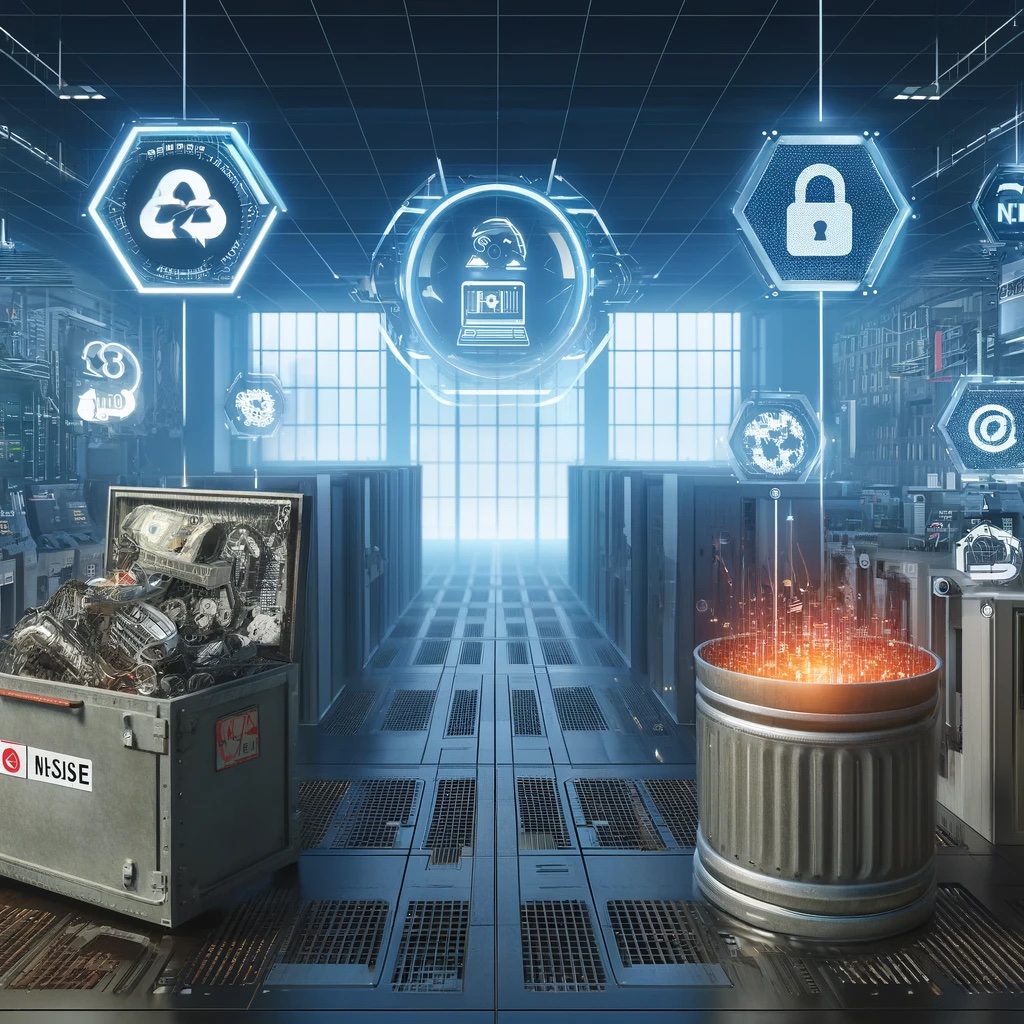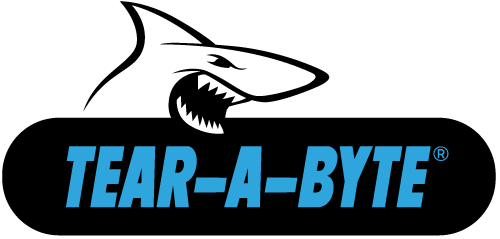Among the wreckage and debris was a hard drive, which at first glance resembled a “hunk of metal”. This hard drive was taken to the data recovery specialists at Kroll Ontrack Inc. They were able to retrieve 99% of the data stored on the 400MB hard drive in about 2 weeks. This drive had experienced extreme temperatures, impact, and had sat for 6 months near water and was found in a dried up lake bed. Here is a link to a series of pictures of the hard drive, as it was found.
Every non-metal part of the drive had been melted. This included the rubber gasket sealing the top and bottom parts of the case and all of the circuit boards. The drive heads were bent and the internal components had been exposed to dirt, dust and other charred remains from the crash.[/vc_column_text][/vc_column][vc_column width=”1/2″ dp_animation=””][vc_column_text dp_animation=””]After the debris and other non-working parts were removed the platters were put into another drive and the process began. Being that the platters had not been spun in a while they collected additional damage throughout the process, but that still did not keep the data from being pulled off.
The message that I am trying to get across is that data and hard drives can still be compromised even after experiencing extreme conditions. The hard drives in this instance were not average hard drives, but that doesn’t mean data from a lesser drive with less severe damage still could not be recovered. Making sure your organization’s data is properly destroyed and the devices are disposed of should be taken very seriously. There is no shortage of vendors that can provide these services, but it’s choosing one with the proper certifications, indemnification, liability coverage, and experience that makes all the difference.[/vc_column_text][/vc_column][/vc_row][vc_row type=”grid” video_bg=”” row_type=”section” bg_image_repeat=”repeat” padding_top=”24″ padding_bottom=”24″][vc_column dp_animation=””][vc_separator][/vc_column][/vc_row][vc_row type=”grid” video_bg=””][vc_column width=”1/2″ dp_animation=””][vc_widget_sidebar sidebar_id=”posts-footer-block-left”][/vc_column][vc_column width=”1/2″ dp_animation=””][vc_widget_sidebar sidebar_id=”posts-footer-block-right”][/vc_column][/vc_row]









